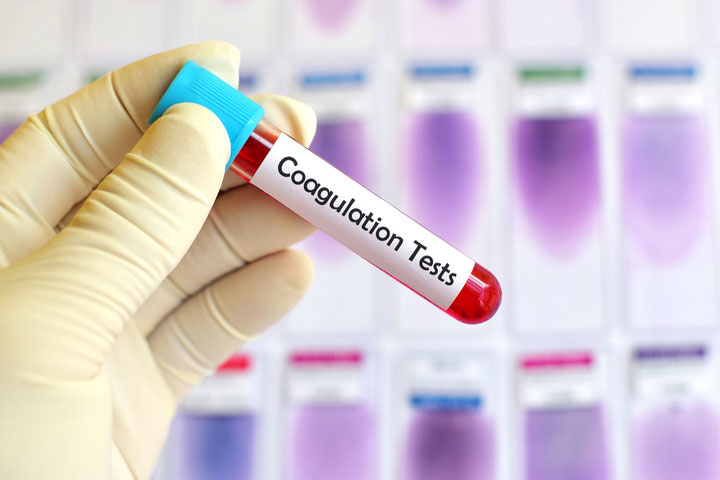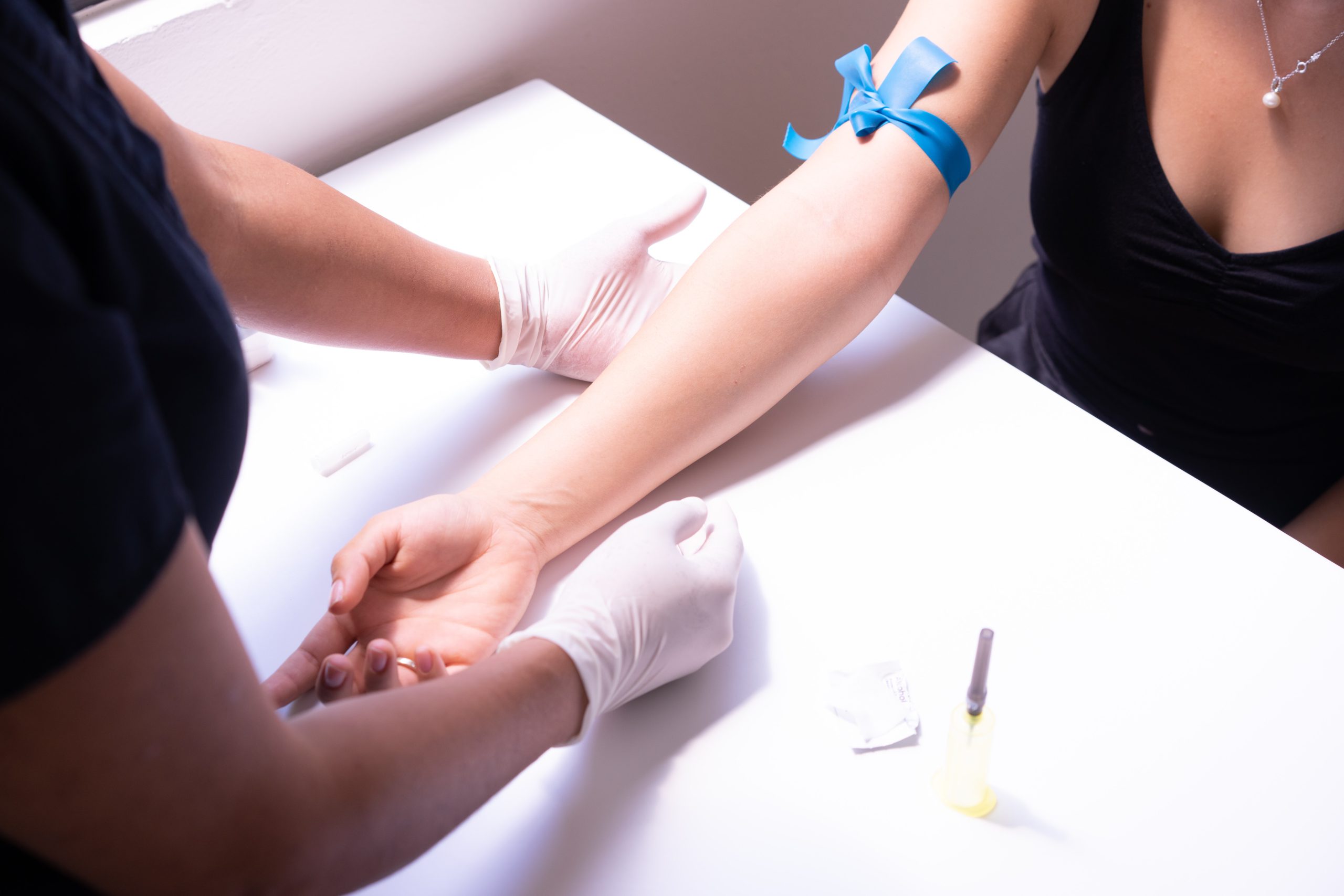
Coagulation testing plays a crucial role in the diagnosis, monitoring, and treatment of various medical conditions. By assessing the blood’s ability to clot, healthcare professionals can gain valuable insights into a patient’s hemostatic system. This article provides a comprehensive overview of coagulation testing, including its importance, common types of tests, interpretation of results, and advancements in the field.
What is Coagulation Testing?
Coagulation testing, also known as hemostasis testing, involves a series of laboratory tests that evaluate the blood’s clotting ability. It helps identify potential bleeding or clotting disorders and guides healthcare providers in determining appropriate treatment plans.
Why is Coagulation Testing Important?
Coagulation testing is vital for diagnosing and managing bleeding disorders, such as hemophilia and von Willebrand disease, as well as thrombotic disorders like deep vein thrombosis and pulmonary embolism. Additionally, it assists in monitoring patients undergoing anticoagulant therapy, ensuring the medications are effectively preventing or managing blood clots.
Common Types of Coagulation Tests

Prothrombin Time (PT)
The PT test measures the time it takes for blood to clot and evaluates the extrinsic pathway of the coagulation cascade. It is commonly used to monitor patients taking oral anticoagulants, such as warfarin.
Activated Partial Thromboplastin Time (aPTT)
The aPTT test assesses the intrinsic pathway of coagulation and is useful in detecting deficiencies in clotting factors involved in this pathway. It helps diagnose and monitor conditions like hemophilia and lupus anticoagulant.
International Normalized Ratio (INR)
The INR is a standardized version of the PT test that allows for consistent monitoring of patients on warfarin therapy. It helps healthcare providers maintain therapeutic anticoagulation levels.
D-Dimer Test
The D-dimer test measures the presence of a protein fragment released during the breakdown of blood clots. It aids in diagnosing conditions such as deep vein thrombosis and pulmonary embolism.
Platelet Count
A platelet count measures the number of platelets in the blood. It helps evaluate a patient’s ability to form blood clots and detect conditions like thrombocytopenia and idiopathic thrombocytopenic purpura.
Where to get tested?
Say goodbye to waiting rooms and long lines. Speedy Sticks offers at-home testing
How is Coagulation Testing Performed?
Coagulation testing involves several steps, including sample collection, laboratory analysis, and result interpretation.
Sample Collection
A healthcare professional will collect a blood sample from a vein, typically in the arm. The sample is carefully handled to prevent clotting during the collection process.
Laboratory Analysis
The blood sample is sent to the laboratory, where trained technicians perform the appropriate coagulation tests. The tests may involve adding reagents, incubation, and measuring clotting times or specific markers.
Interpretation of Results
The laboratory analyzes the test results and provides a detailed report to the healthcare provider. The results are interpreted in conjunction with the patient’s medical history and symptoms to guide diagnosis and treatment decisions.
Conditions That Require Coagulation Testing

Bleeding Disorders
Coagulation testing is essential in diagnosing and monitoring bleeding disorders such as hemophilia, von Willebrand disease, and platelet function disorders.
Thrombotic Disorders
Conditions like deep vein thrombosis, pulmonary embolism, and disseminated intravascular coagulation require coagulation testing to assess the risk of blood clots.
Monitoring Anticoagulant Therapy
Patients on anticoagulant medications like warfarin or direct oral anticoagulants (DOACs) need regular coagulation testing to ensure appropriate dosing and reduce the risk of bleeding or clotting complications.
Benefits and Limitations of Coagulation Testing

Benefits of Coagulation Testing
Coagulation testing offers early detection of bleeding or clotting disorders, enables accurate diagnosis, guides treatment decisions, and helps monitor the effectiveness of therapies.
Limitations of Coagulation Testing
While coagulation testing provides valuable information, it has limitations. Factors such as sample handling, patient variability, and technical considerations may affect test results.
Preparing for a Coagulation Test
Fasting Requirements
Some coagulation tests may require fasting, especially if they involve monitoring medications like warfarin. Patients should follow the specific instructions provided by their healthcare provider.
Medication Considerations
Certain medications, such as anticoagulants and antiplatelet drugs, can influence coagulation test results. Patients must inform their healthcare provider about any medications they are taking.
Communicating with Your Healthcare Provider
Clear communication with your healthcare provider is essential before undergoing coagulation testing. Discuss any concerns, medications, or medical conditions that may affect the test results.
Interpreting Coagulation Test Results

Normal Range for Coagulation Tests
Each coagulation test has a defined normal range. Results falling within this range indicate that the blood is clotting appropriately.
Abnormal Results and Their Meaning
Abnormal coagulation test results may suggest an underlying bleeding or clotting disorder. Further evaluation and consultation with a healthcare provider are necessary to determine the cause and develop an appropriate treatment plan.
Coagulation Testing in Specific Populations
Coagulation Testing in Pregnancy
Pregnancy can affect coagulation factors, leading to an increased risk of blood clots. Coagulation testing during pregnancy helps identify potential complications and guide management.

Coagulation Testing in Children
Children may have different coagulation profiles compared to adults. Pediatric-specific coagulation testing is necessary for accurate diagnosis and monitoring in this population.
Advances in Coagulation Testing
Point-of-Care Testing
Point-of-care testing allows for rapid coagulation testing at the bedside or in clinics, enabling quick diagnosis and immediate treatment decisions.
Genetic Testing
Genetic testing helps identify inherited coagulation disorders, such as hemophilia and factor V Leiden mutation, allowing for personalized treatment plans and genetic counseling.
Molecular Testing
Molecular testing enables the detection of specific genetic mutations associated with coagulation disorders, enhancing diagnostic accuracy and targeted therapies.
The Future of Coagulation Testing

Technological Advancements
Advancements in technology, such as automated analyzers and improved reagents, contribute to faster and more accurate coagulation testing.
Personalized Medicine and Coagulation Testing
The integration of genetic and molecular testing with coagulation testing paves the way for personalized medicine, tailoring treatment plans to an individual’s unique coagulation profile.
How long does it take to get Coagulation Test results?
Coagulation test results are usually available within a few hours to a few days, depending on the specific test and laboratory processing time.
Can medications affect Coagulation Test results?
Yes, certain medications, such as anticoagulants and antiplatelet drugs, can influence coagulation test results. It’s important to inform your healthcare provider about all medications you are taking.
Is Coagulation Testing painful?
Coagulation testing involves a simple blood draw, which may cause minimal discomfort or a slight pinch. Most people tolerate it well.
Can Coagulation Testing be done at home?
Some coagulation tests, such as INR monitoring for patients on warfarin, can be done at home using a portable testing device. However, it requires proper training and supervision.
Say goodbye to waiting rooms and long lines. Speedy Sticks offers at-home testing
Are there any risks associated with coagulation testing?
Coagulation testing is generally safe. However, like any blood draw, there is a small risk of bruising, bleeding, or infection at the site of the blood draw.
Conclusion
Coagulation testing is a fundamental aspect of modern healthcare, providing valuable insights into a patient’s clotting ability. It aids in the diagnosis, monitoring, and treatment of various bleeding and clotting disorders. With ongoing advancements, coagulation testing continues to evolve, enabling personalized medicine and improved patient outcomes.








Recent Comments